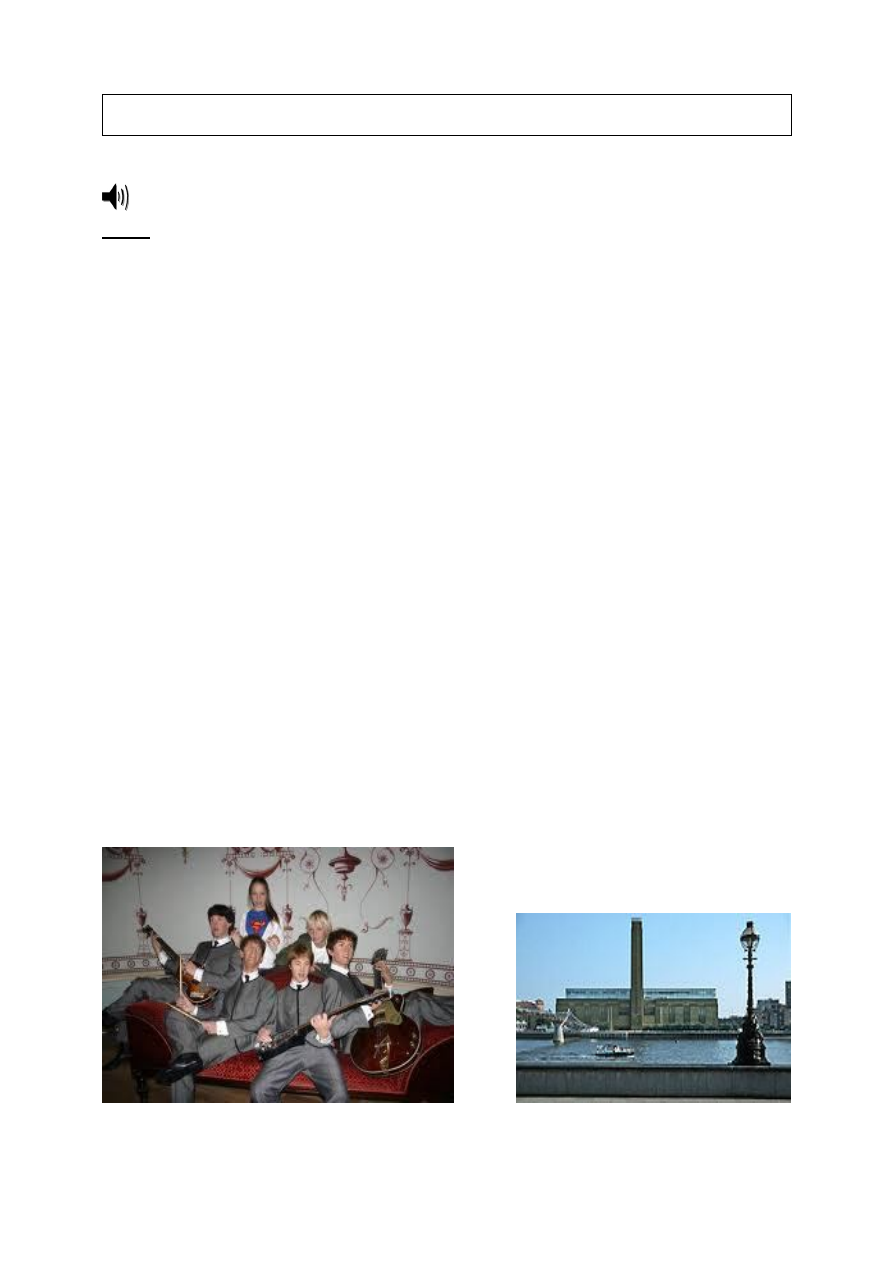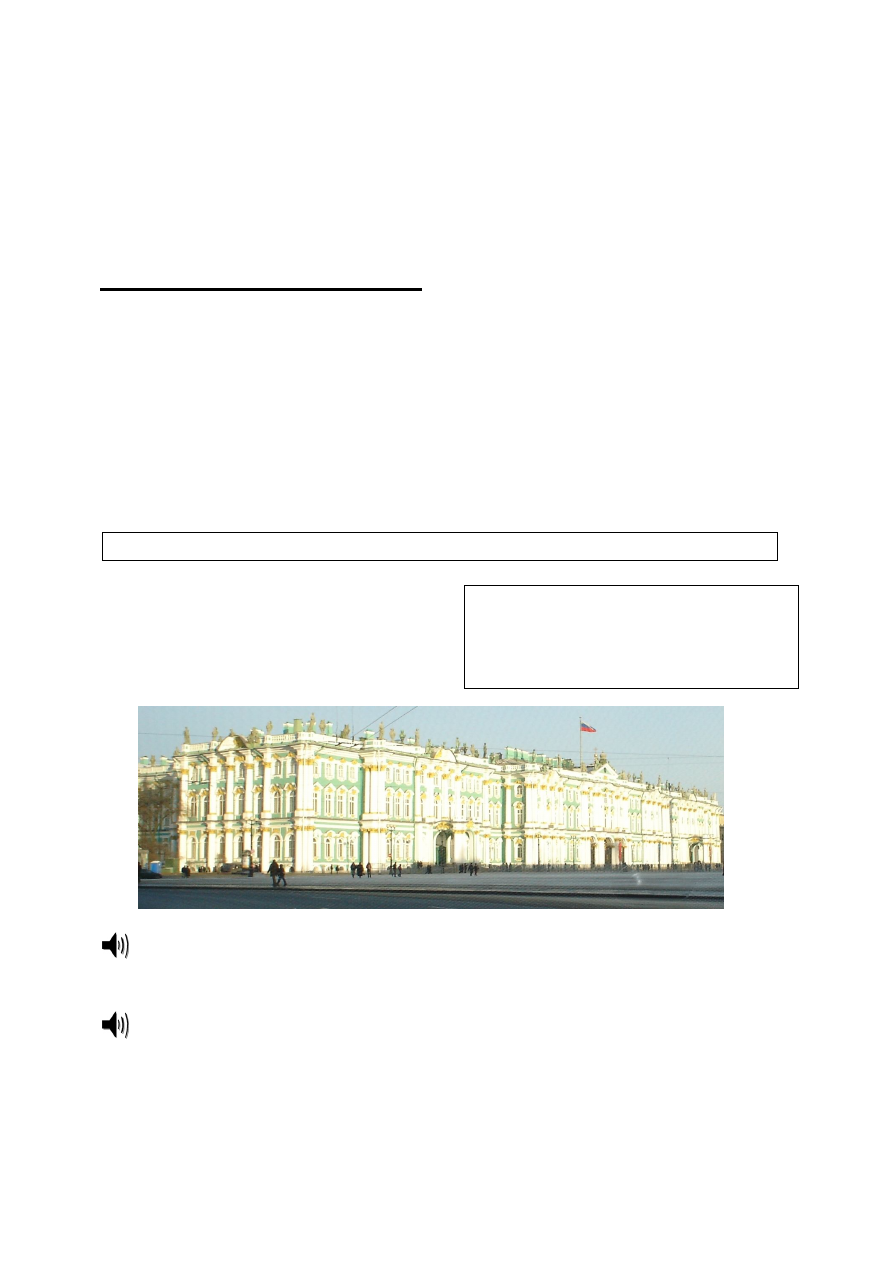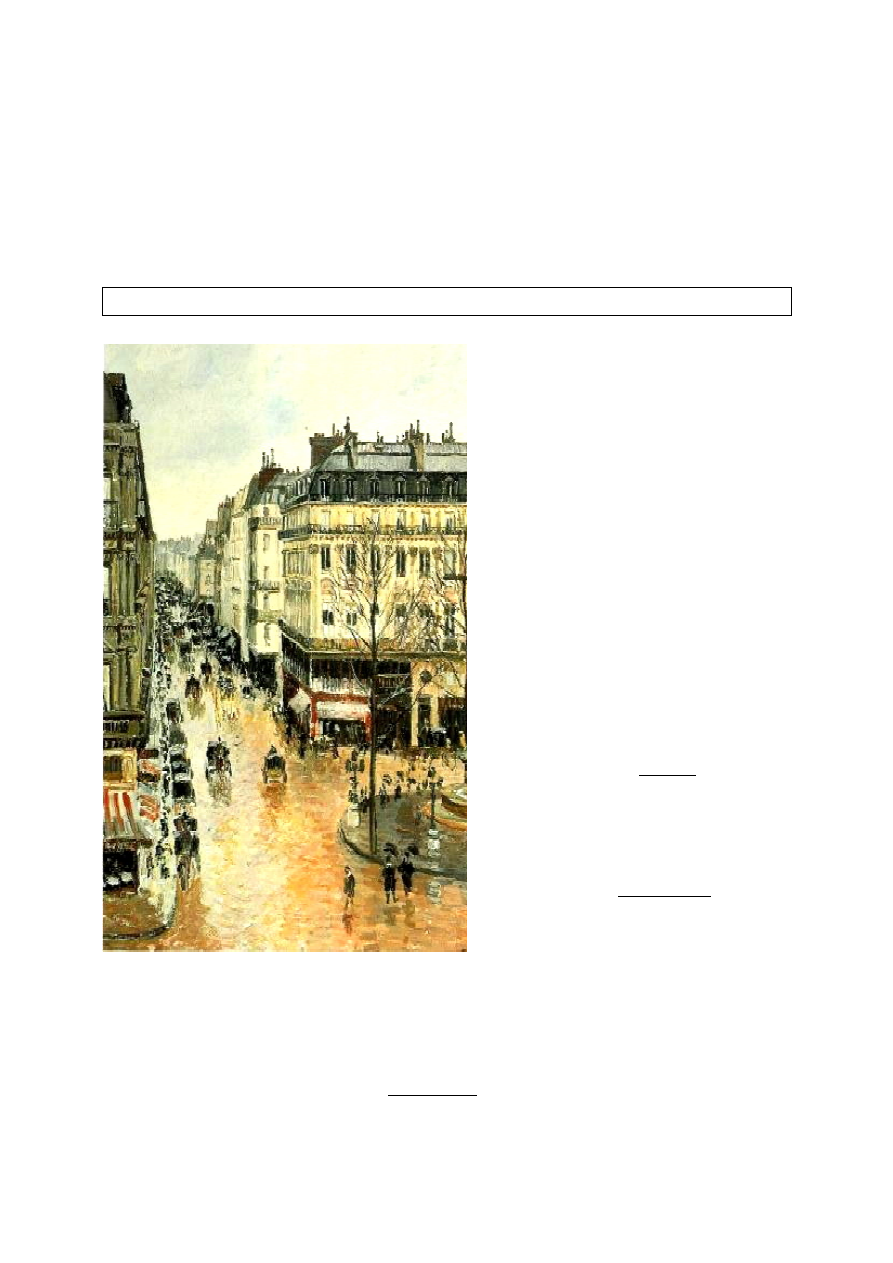ВУЗ: Не указан
Категория: Не указан
Дисциплина: Не указана
Добавлен: 06.04.2021
Просмотров: 2636
Скачиваний: 9

32
1. Lead-in
Telling the time
1a Match these times. Then
listen and repeat the times. Track
08.
9 p.m., 4 p.m., 6 p.m., 6 a.m., 12.55,
10.15, 5.40, 4.30, 2.45, 9.10, 9.35,
6.20
six o’clock in the morning, four
o’clock in the afternoon, six
o’clock in the evening, nine
o’clock at night
quarter past ten, half past four, ten
past nine, twenty past six
twenty to six, quarter to three, five
to one, twenty-five to ten
1b Look at the prepositions in
these sentences.
The museum opens
at
ten o’clock
in
the morning. It closes
at
half past six
in
the evening.
On
Fridays, it closes
at
ten o’clock
at
night.
At
the
weekend, it is closed.
On
Mondays,
it is open
from
ten
in
the morning
until
six
in
the afternoon.
1c Complete the sentences with the
correct prepositions.
at, on, in, from, until
1 It closes __ six o’clock __ the
evening.
It is closed__the weekend.
2 It closes __ ten oclock __ night __
Fridays and Saturdays.
3 It is closed __ the afternoons and
__ the weekend.
4 It opens __ half past two __ the
afternoon __ Sundays.
5 It is open __ eleven o’clock __ the
morning __ eight o’clock __ night
__ Sundays.
1d Do you know the places in the pictures? Match the places in the box
below (1-9) with their descriptions (a-h) in the brochure about London.

33
1 The British Museum 2 Clink Prison 3 The London Eye
4 The Globe Theatre 5 Madam Tussaud’s 6 The National Gallery
7 The Science Museum 8 The Tate Modern 9 The Natural History
Museum
Do you like modern art? Then this is
the place for you!
Open:
10 a.m. – 6 p.m. (Sunday-
Thursday) and 10 a.m. – 10 p.m.
(Friday-Saturday).
Bankside (Tube: Southwark). Free
entrance.
This has one of the really great
collections of paintings in the world.
Don’t miss it!
Open:
10 a.m. – 6 p.m. (Monday-
Saturday) and 2 p.m. – 6 p.m.
(Sunday).
Trafalgar square (Tube: Charing
Cross). Free entrance.
One of the great museums in the
world. There are famous exhibitions
from ancient Egypt, Rome, Greece
and other parts of the world.
Open:
10 a.m. – 5 p.m. (Monday-
Saturday) and 2.30 p.m. – 6 p.m.
(Sunday).
Great Russell Street (Tube: Holborn).
Free entrance.
Take a bird’s-eye view of the capital
on
this
amazing
big
wheel.
Spectacular views at night!
Open:
9.30 a.m. – 8 p.m. (in
September until 9 p.m. on Fridays,
Saturdays and Sundays; in July and
August until 10 p.m. daily).
South Bank of the River Thames
(Tube: Waterloo or Westminster).
Adults: £11.50; students / over sixties
£ 9.00; children £ 5.75; under fives
free.
This wax museum has an incredible
collection. There are famous people
from history from Napoleon to
Winston Churchill, and modern
celebrities from the worlds of sport,
pop and films.
Open:
10 a.m. – 5.30 p.m. (Monday-
Saturday).
Marylebone Street (Tube: Baker
Street).
Adults: £ 13.50; children £ 10.00.
In this old London Prison you can
experience prison life. You can also
have your birthday party here!
Open:
10 a.m. – 6 p.m. (Monday-
Friday).
1 Clink St (Tube: London Bridge).
Adults: £ 3.50; children: £ 2.50.

34
Visit the replica of the old theatre.
Learn about the life and play of
Shakespeare.
Open:
9 a.m. – 12 a.m. (Monday -
Friday).
New Globe Walk (Tube: Southwark).
Adults: £ 7.50; children £ 4.50.
There are over 10,000 things to see in
this fantastic museum. Take a virtual
rocket ride around the solar system!
Open:
10 a.m. – 6 p.m. (Sunday-
Thursday) and 10 a.m. – 10 p.m.
(Friday-Saturday).
Bankside (Tube: Southwark). Free
entrance.
1e What places from the brochure are described in ex. 1.c?
1f These people are in London. Find places for them to visit.
1 Billy loves animals and nature.
2 Hannah is interested in famous people.
3 Martin likes acting.
4 Laura is interested in Ancient Egypt.
5 Joanna likes paintings but she doesn’t like modern art.
2. Listening
2a Look at the photo below of the
Winter Palace in St Petersburg.
Guess which of these things the
palace had at the end of the 18
th
century.
art gallery, church, exotic birds,
fountains, hanging garden, lake,
library, rare plants, school, theatre,
zoo
2b Listen to a tour guide and
check your guesses from ex. 2.a.
Track 09.
2c Listen again and write the
dates for the events below.
1 _____Peter the Great founded the
city of St Petersburg.
2 _____Empress Elizabeth ordered
Rastrelli to design a new winter
palace.
3 _____Catherine the Great became
Empress.
4 _____A fire destroyed the inside of
the Winter Palace.

35
5 _____The Winter Palace became
the headquarters of the Russian
government.
6 _____It was attacked by the
bolsheviks.
7 _____The German siege of
Leningrad began.
8 _____The siege of Leningrad
ended.
2d What famous
palaces
or
museums are there in your country
/ city? Tell a partner a few facts
about them.
3. Reading
Pre-reading activities
3a Look at the painting and try to
answer these questions.
1 What style is the painting in?
2 Where and when is the painting
set?
3 What is happening in it?
While-reading activities
3b Read about the painter and the
painting. Check your guesses from
ex. 3.a.
3c Fill in the missing phrases from
the list (A - E) to the gaps in the
text. There’s one extra phrase that
you don’t need to use.
A
but which are so silvery, lively and
bright
B
such as Cézanne
C
bought a collection of modern art
D
took part in all eight of the
Impressionist exhibitions
E
is going on in the street
Camille
Pissarro
(1830-1903)
was
the
only
painter
who
1)_______________which were held in Paris. Pissarro moved there in 1855 and
Paris was the place where he started to develop as a painter. He met other
painters like Monet, whose work influenced him and he began his move towards
36
Impressionism. Pissarro later influenced other painters that were younger than
him 2)__________. Another painter he encouraged was the young Van Gogh.
In 1893, he began experimenting with urban views of Paris which were painted
from the windows of hotels or apartments. In a letter he wrote to his son, Lucien,
in 1897, he said, ‘I am delighted to be able to paint these Paris streets that people
find ugly 3)_______________.’
Rue Saint-Honoré. Effect of Rain
is a painting which explores the effect of rain in
the early afternoon. The small figures and carriages capture the movement and
activity that 4)_____________. The colours Pissarro uses are not bright but he
brilliantly produces the visual effect that comes from the wet streets.
After-reading activities
3d Look at the underlined words and phrases and try to explain their
meaning in other words in English.
4. Language skills
4a Underline that where which
who whose in the text above.
Now complete the rules with the
correct relative pronoun.
a
We use _____ and _____ to refer
to people.
b
We use _____ and _____ to refer
to things.
c
We use _____ to say something
about possession.
d
We use _____ to refer to places.
4b Look at the descriptions below.
Find all the rest examples in the
text.
the only painter who took part in all
eight of the Impressionist exhibitions
another painter (who) he encouraged
a letter (that/which) he wrote to his
son, Lucien
a painting which explores the effect
of rain in the early afternoon
the colours (that/which) Pissarro
uses
4c Look at ex. 4.b again. When can
we leave out who, that, which?
a when it come before a verb
b when it comes before a noun or a
pronoun
4d Read the sentences below and
put brackets around the pronouns
which are not necessary.
Example
1 I loved the museum
(that) we visited yesterday.
1 I loved the museum that we visited
yesterday.
2 He was a painter whose works
were sold for over $10,000 each.